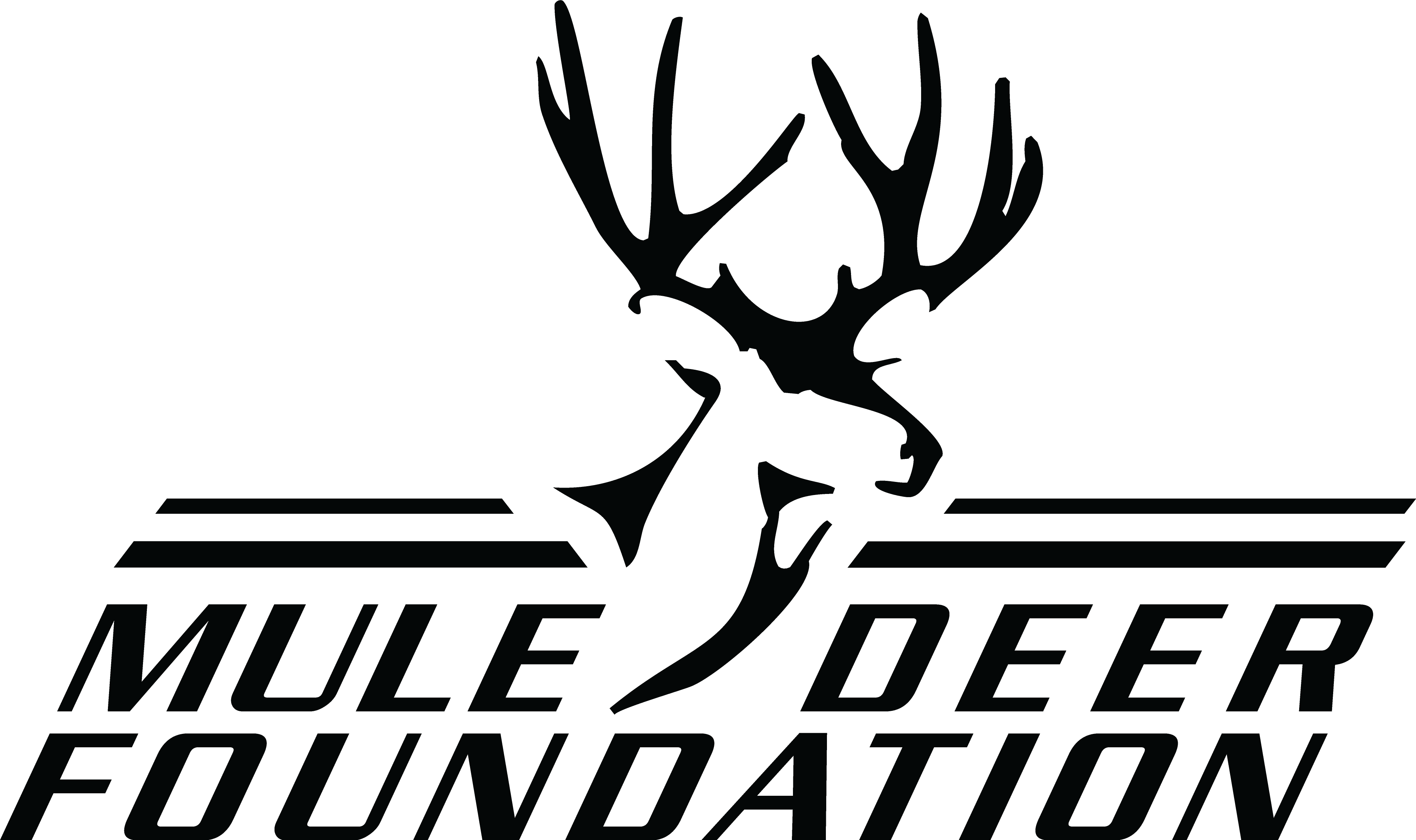Utah
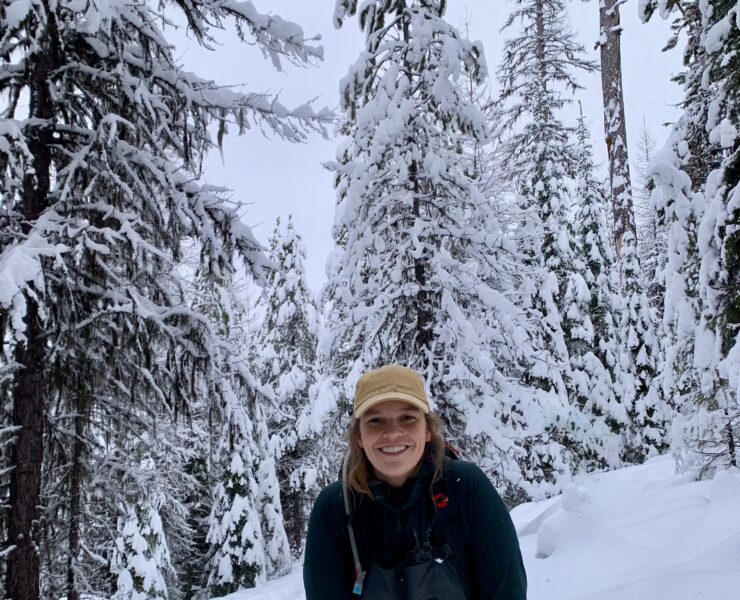
Ella Hartshorn is a spatial ecologist who explores how wildlife navigate ever-changing landscapes and increasing human pressures using remote sensing and geospatial analyses. Raised in rural western Colorado, she grew up immersed in the daily intersections of human and wildlife activity—from waking to deer in the backyard to helping trap prairie dogs in agricultural fields. These formative experiences sparked her dedication to understanding and improving how humans and wildlife share space and resources.
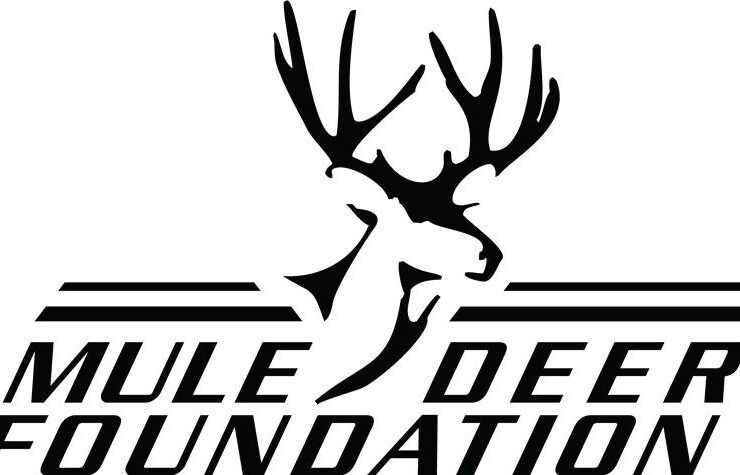
The Mule Deer Foundation’s (MDF) and Blacktail Deer Foundation (BDF) are seeking highly qualified candidates to fill the role of Conservation Content Specialist (Specialist). This position will play a fundamental role in ensuring both organizations’ conservation message is delivered to all audiences in a way to provide better understanding to numerous audiences on what both organizations accomplish.

Turkey hunting may not have the appeal of 100-plus pounds of meat in the freezer and a set of antlers on your wall that mule deer hunting does. Still, the spring season makes it an essential time of year to better prepare yourself for success in the fall. If you found success filing last year’s mule deer tag in the early days of the season, It’s been almost six months since you went on a hunting trip. I don’t mean a day hunt or driving around forest roads to fill a B tag. I mean a real hunting camp out in the wilderness. Turkey season can be a great time to break out all the gear that I’m sure you put away in an organized fashion last fall and make sure everything is still in good working order.

I’m excited to share another Goñi González family recipe with the Mule Deer Foundation, adapted to use ground venison instead of the traditional beef or pork. Growing up, my great-aunt often prepared these albondigas (Spanish-style meatballs) for me, and they quickly became one of my favorite comidas. I would eagerly race home from school whenever I knew they were on the lunch menu.

Mushrooms are at once familiar and mysterious. Anyone who spends time outdoors is sooner or later going to run into these fruiting bodies of fungi. For many, mushrooms need no introduction. Childhood storybooks with pictures of toadstools colored bright red with flecks of white are familiar to all. Perhaps equally common are the experiences of a hiker or hunter coming across a mushroom in the woods. Most folks, without any special training, can tell with a reasonably high degree of accuracy if they are looking at a mushroom rather than a plant, and yet I’d venture to guess that many would be hard-pressed to name more than a handful of species.

A promise made by Rachel’s boyfriend to get her the biggest buck she had ever seen. The boyfriend talked a good game and spoke like he knew mule deer. They had gone out enough times that he was considered the boyfriend. The title lacked substance. The man held the position mainly because, he expected to see her every Friday night and because he had a way of showing up and taking over her plans whenever it suited him, but most importantly because he promised her a big buck. Beyond that, he never actually asked her to be a steady thing.
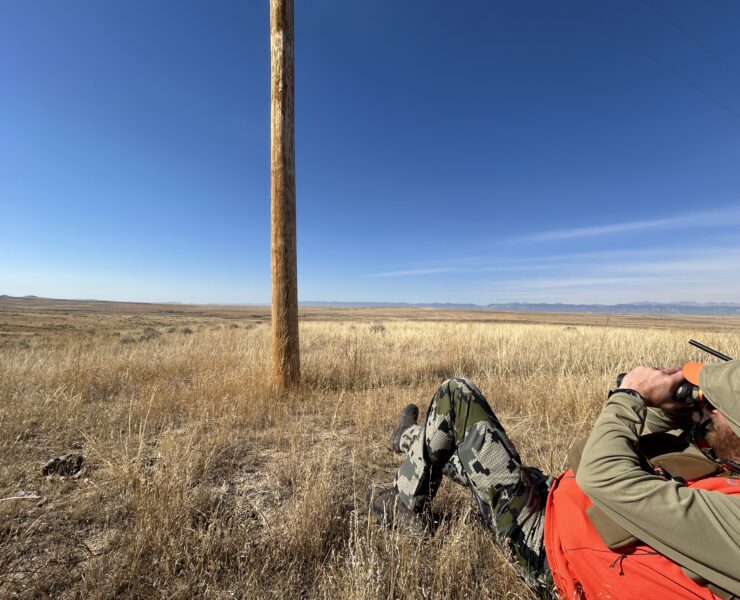
For many of us who call the Eastern United States home, hunting often means heading out to familiar spots each fall. Whether to deer woods, duck blinds, or locations passed down through generations. We’ve honed our techniques, know the right time to be there, and have the right gear for the job. But occasionally, while scrolling through photos of impressive animals tagged out west, you may wonder, “Why don’t I do that?”
So, what’s holding you back? Is it the distance or the fear that you won’t have the technical expertise to succeed? In truth, these aren’t great reasons to miss out on an entirely different hunting experience that could provide lifelong memories. Here are some reasons to load up the truck and head out west.
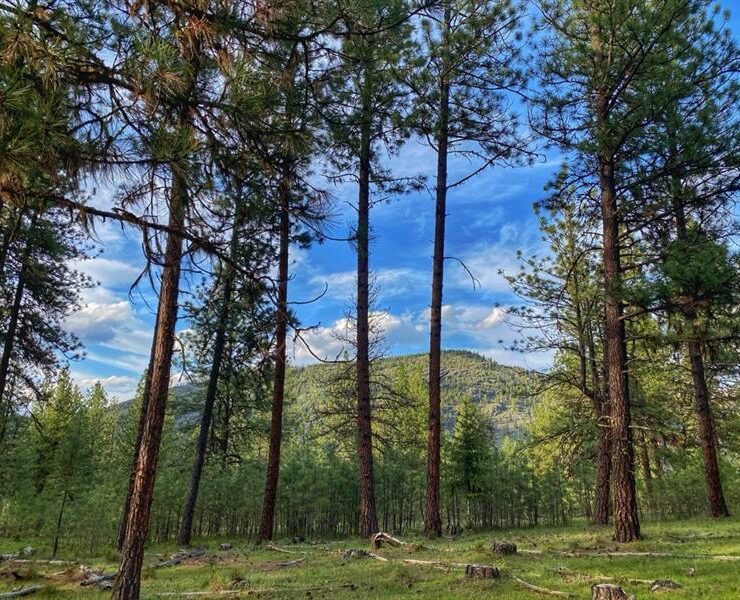
The Mule Deer Foundation (MDF) applauds Senators John Curtis – UT-(R), Tim Sheehy – MT (R), John Hickenlooper – CO (D), and Alex Padilla – CA (D) for introducing the Fix Our Forests Act (FOFA) in the United States Senate. This bi-partisan Act will allow federal land management agencies including the US Forest Service and Bureau of Land Management to improve the health of our public lands including work on important habitats for mule deer.


